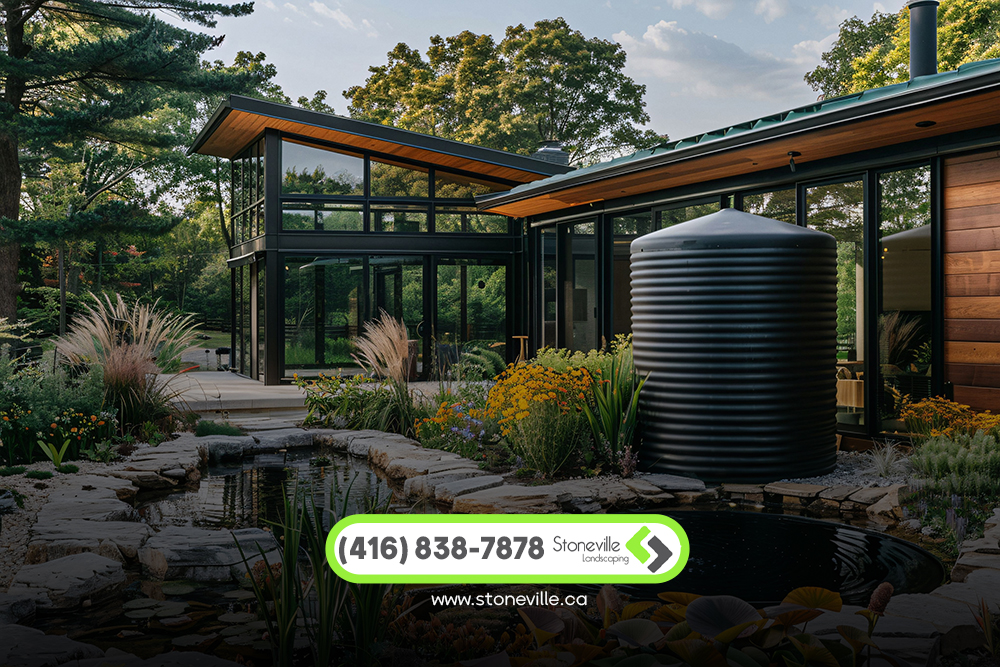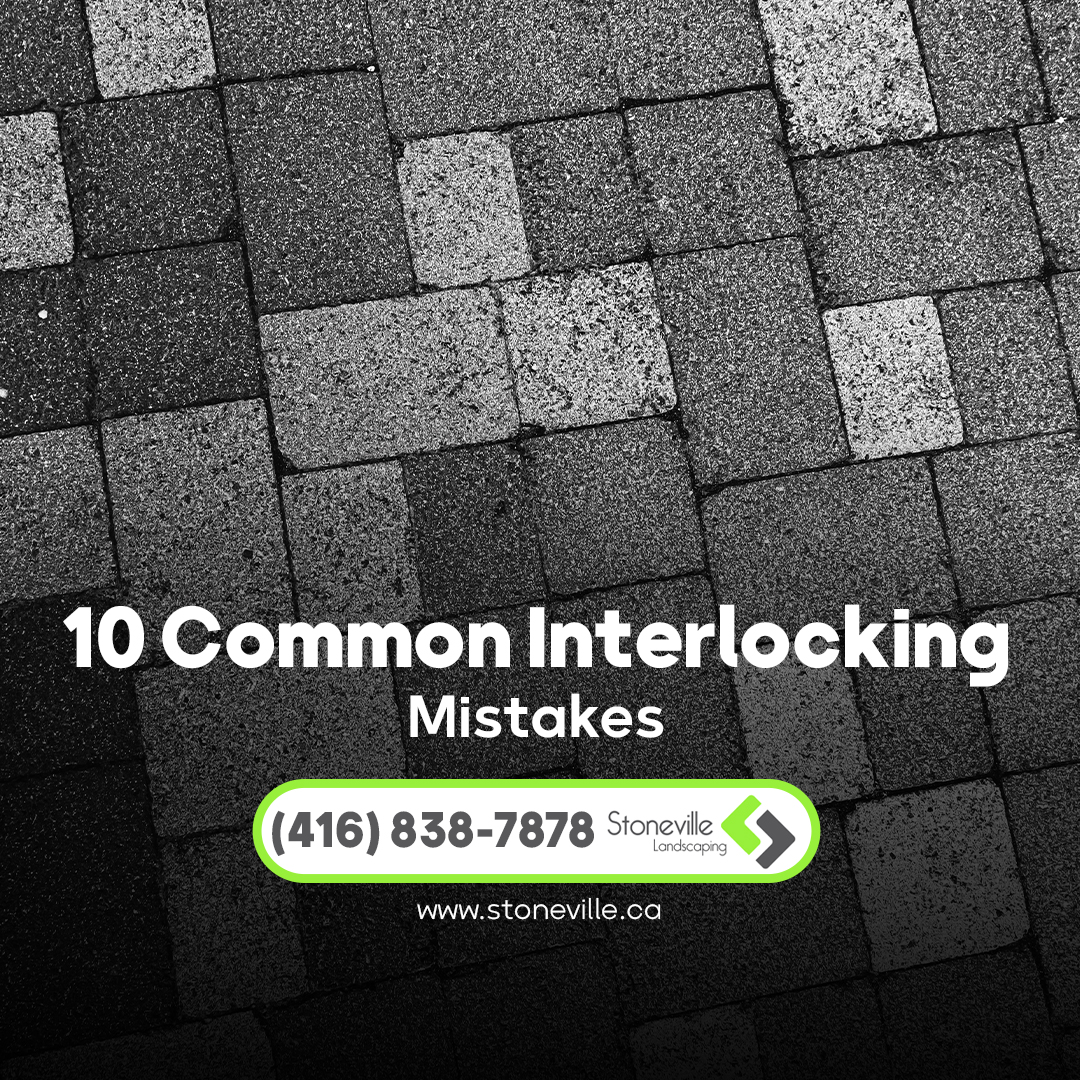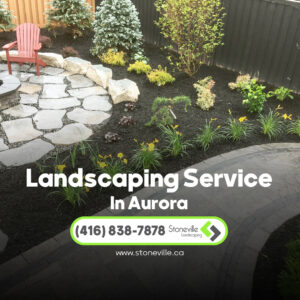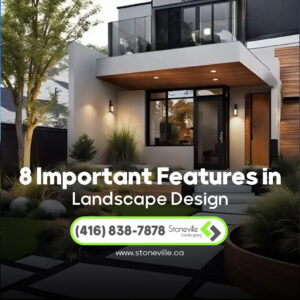Interlocking landscaping can be a beautiful and functional addition to your property, but to ensure a successful installation and long-lasting results, it’s important to avoid common mistakes. Here are 10 common pitfalls to watch out for:
10 Common Interlocking Mistakes
Inadequate foundation preparation: A solid, well-prepared foundation is critical to the longevity of your interlocking surface. Failure to properly prepare the foundation can result in unevenness, sinking, or shifting.
Improper edging: Edging is essential to prevent interlocking units from shifting or spreading. Using durable edging materials and installing them correctly is critical.
Over-compaction of the foundation: Over-compaction of the foundation can make it difficult to install interlocking units and may impede drainage.
Improper use of sand: The sand layer between the foundation and the interlocking units must be leveled and compacted to ensure proper drainage.
Uneven joint spacing: Maintaining uniform joint spacing is essential for a professional appearance.
Absence of edge restraints: Edge restraints are essential to prevent locked units from moving or spreading.
Inadequate Drainage: Poor drainage can lead to water accumulation, erosion and damage to the interlocking surface.
Use of low-quality materials: Investing in high-quality units and materials ensures a long-lasting and durable installation.
DIY installation without proper knowledge: Attempting to install interlocking surfaces without proper knowledge or experience can lead to mistakes and costly repairs.
Neglect of maintenance: Regular maintenance, such as cleaning and sealing, is essential to protect your bonded surface and prevent damage.
By avoiding these common mistakes and working with a reputable landscaping professional, you can ensure a successful and long-lasting interlocking landscaping project.
12 Common Landscaping Mistakes to Avoid
We’ve seen and fixed many landscape design mistakes in our time. Badly designed outdoor spaces are not only often unsightly and ineffective, but can also be expensive if the design needs major overhaul soon after installation. Here are some mistakes you can easily avoid if you plan ahead.
- Don’t plan your space wisely. Even the smallest garden or yard can become a useful and beautiful space if the space is used well. Creating raised garden beds and placing them within the space, rather than just at the border, adds both interest and growth to the area. Walls can also become a focal point when covered with space-efficient fruit trees.
- Trying to eliminate maintenance by overusing hard surfaces. We’re all busy, and sometimes it’s tempting to cover large areas of the yard with concrete or pavers to create a low-maintenance garden. This can result in a landscape that lacks the feeling of being in nature as well as the softness of living plants. Don’t forget that plants are the heroes of the landscape, and some properly chosen plants are low maintenance and easy to work with. While they all require attention, the right plants look great in a space without constant watering or pruning.

3.Design compromises that fit the budget. A good motto for a landscaping project is: do it once, do it right. Taking shortcuts for budget reasons can make you unhappy every time you visit a backyard that compromises your vision. Compromising quality products also bites you twice when you need to replace substandard materials that are not resistant to the elements. In the pictures below, we removed the bottom walls of the bed and the decaying deck. Both were in poor condition due to poor construction.
4.Getting too small. Size matters, and it’s often a good idea to increase a feature. For example, faced with the decision to make the staircase bigger or narrower, the pool taller or shorter, or the gazebo taller or lower. The living space in this project is large for the proper use of space and to ensure that it is proportional to the size of the house.
5.Ignoring easement and boundaries. It’s important to be aware of any laws or permits that may prevent you from building close to boundaries due to fire regulations, as well as easements for things like sewer lines. If you don’t understand and follow these regulations, you could end up paying for a deck or pavers that simply have to be removed again at your own expense.
6.Retaining too many elements from your previous design. Sometimes, we find it’s easier to just start over. Elements that look good when they’re the best part of a not-so-great garden can become the worst part of a fresh new space. Be very selective about the items you choose to keep and make sure they are worth it. This includes hard elements and plants.
7.Lack of interest throughout the year. An easy mistake to make in landscape design is to primarily choose plants that look best in only one season. This may mean choosing too many deciduous plants, too many evergreens, or too many perennials that flower in a particular season. This mistake is often the product of nursery retailers, as nurseries only display plants that look good at that time of year. For example, if you only buy plants that look great in the spring, chances are your garden will look great in the spring, but not the rest of the year.
8.Poor plant selection. Overplanting, choosing plants that are not suitable for local conditions, and not understanding the mature height and spread of plants can all throw off a carefully planned garden design. These mistakes are often made by well-intentioned homeowners or landscapers who do not fully understand the plants they are working with. It’s important to know how tall your plants will grow and plant smaller perennials, shrubs and ground covers in your front yard. Place taller plants such as echinacea, marigold and delphinium behind shorter plants.
9.Arrange everything in a single view. Although it may seem counterintuitive, designing an outdoor space in such a way that the view is somehow blocked and the entire space is not immediately visible in one movement creates the illusion of more space and adds interest.
10.Excessive use of flowers. While we love the color and beauty of flowering plants for the garden, they are not the only choice and often only flower in one season. For year-round interest, you’ll also want to buy plenty of foliage plants. The texture, color and shape of these plants add character and visual appeal to the landscape throughout the year.
11.Not taking the view from the inside. When planning your backyard design, it’s easy to forget that you’ll probably spend as much or more time looking at the space from the inside than you do outside. It is important to have a good view of the garden from the windows.
12.Choosing plants and materials that cause color contrast. Too many colors and colors that don’t coordinate can be distracting and make the garden look cluttered and cluttered. Choose a color palette from front to back that is consistent. This will make your eyes rest easily.
Read our reviews on Homestars
With Stoneville Home Services, you can be sure that your vision project is in capable hands and will transform your outdoor space into a masterpiece that you will enjoy for years to come!






